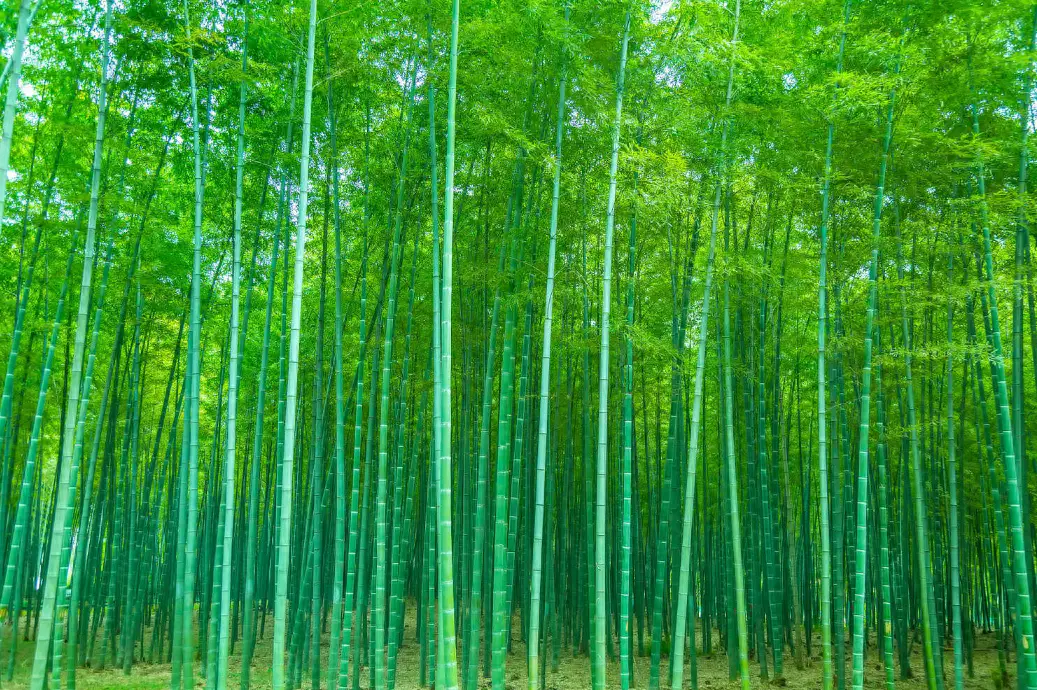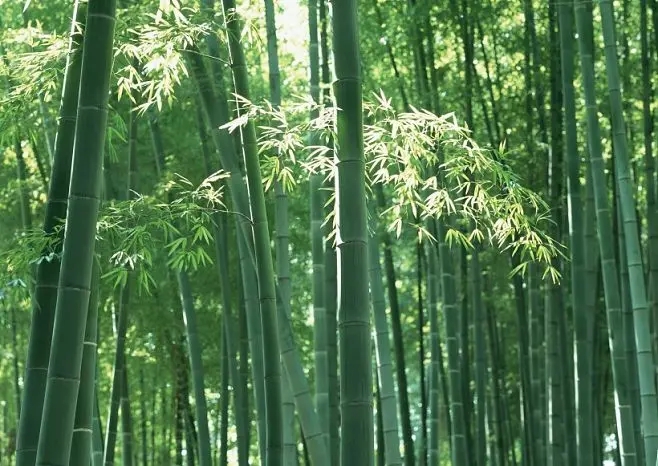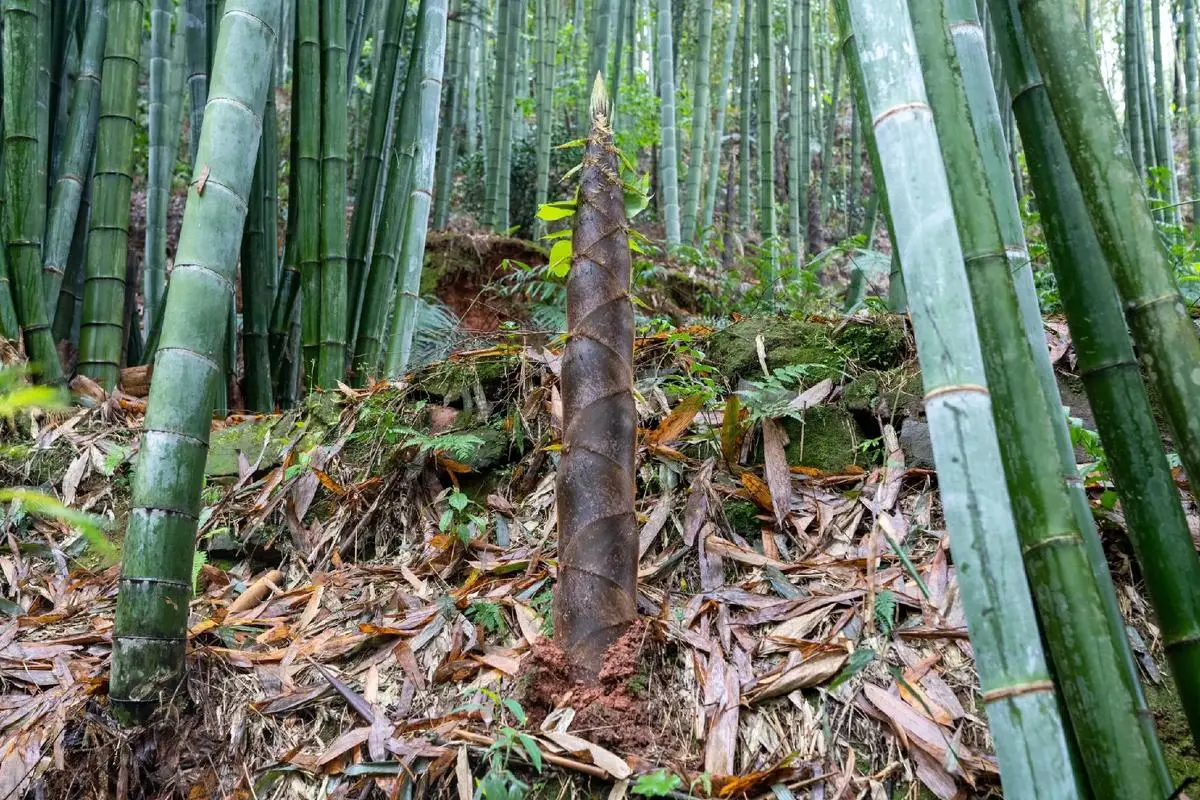As a plant that is cold and drought resistant, grows quickly, and undergoes rapid replacement, bamboo is not only an important economic resource, but also an environmentally friendly material. Using bamboo for production and manufacturing can effectively reduce CO2 emissions, lower energy consumption, and achieve low-carbon environmental protection.
The characteristics of bamboo:
Rapid growth, capable of growing 2 to 10 meters within a year, with fast replacement and new bamboo growing every year.
Environmentally friendly materials. Bamboo is a natural plant that grows faster than wood and has less impact on the environment.
Multi functional use. Bamboo can be used to produce furniture, construction, paper, food, tableware, handicrafts, etc.
The production of bamboo
In the production of bamboo, the method of pulping and papermaking can be used to produce high-quality paper using bamboo. The method of using bamboo to produce high-quality paper. This method can reduce deforestation and damage to forests, reduce environmental damage, and achieve low-carbon environmental protection.
Processing of Bamboo
Bamboo consumes less energy in the processing process, has simple processing methods and methods, and can reduce industrial emissions and factory exhaust emissions, as well as harmful gas emissions.
Bamboo has a wide range of applications in decorative materials. As a renewable resource, bamboo products do not pollute the air or pose a threat to the entire ecosystem.





